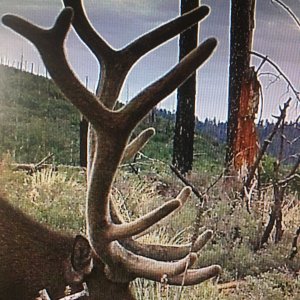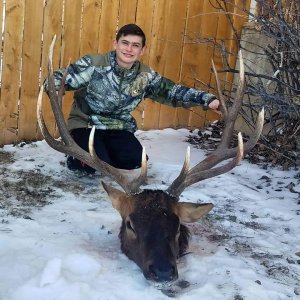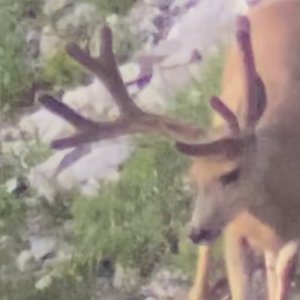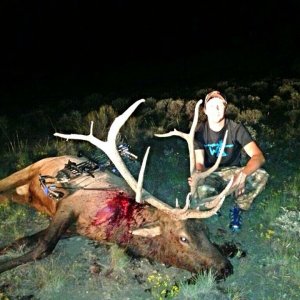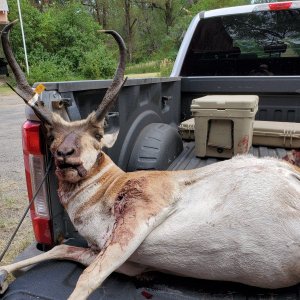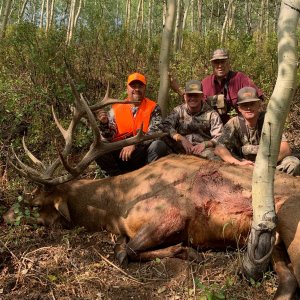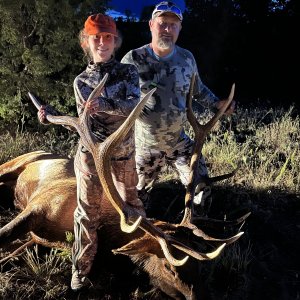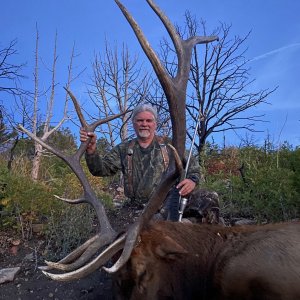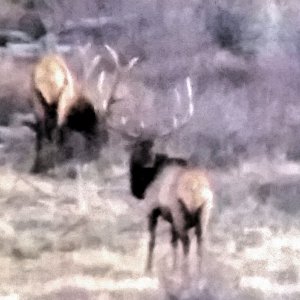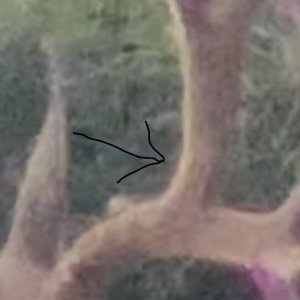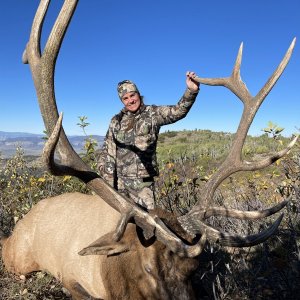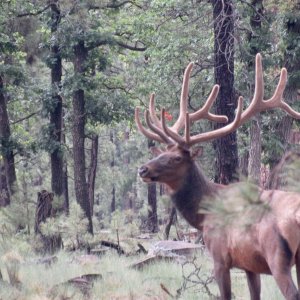Updated Idaho Fish and Game information on mule deer population status and over-winter survival shows high fawn mortality in some areas of southern Idaho.
Overall, over-winter fawn survival among 15 study areas is the lowest since we began monitoring; 69 percent of radio-collared fawns had died by April 30. Mule deer fawn survival was lowest in the McCall-Weiser, at 9 percent, and the Island Park, at 18 percent, areas.
Because of the below normal over-winter survival of mule deer in some areas of Idaho, the commission approved the following reductions to tag numbers set in the 2011 big game hunting seasons and rules booklet and the Landowner Appreciation Program brochure:
Hunt Type - Hunt Number - Hunt Area - Unit(s) - Proposed Change
?Controlled - 1039 - 60-1 - 60, 60A, 62A - Reduce tags from 50 to 25 (buck only).
?Controlled - 1040 - 62 - 62 - Reduce tags from 30 to 15 (buck only).
?Controlled - 1042 - 67 - 67 - Reduce tags from 40 to 20 (buck only).
?Controlled - 1047 - 22 - 22 - Reduce tags from 350 to 150 (antlerless hunt).
?Controlled - 1049 - 31 - 31 - Reduce tags from 350 to 150 (antlerless hunt).
?Controlled - 1050 - 32 - 32 - Reduce tags from 450 to 225 (antlerless hunt).
?Controlled - 1051 - 32A - 32A - Reduce tags from 450 to 225 (antlerless hunt).
?Controlled - 1062 - 60-1 - 60, 60A, 62A - Reduce tags from 50 to 0 (antlerless hunt).
?Controlled - 1063 - 60-2 - 60, 61, 62A - Reduce tags from 400 to 40 (either-sex hunt).
?Controlled - 1064 - 62 - 62 - Reduce tags from 100 to 10 (either-sex hunt).
?Controlled - 1066 - 67 - 67 - Reduce tags from 75 to 20 (either-sex hunt).
?Controlled - 1088 - 64 - 64, 65 - Reduce tags from 50 to 10 (either-sex hunt).
?LAP - TBD - 22 - 22 - Reduce tags from 35 to 15 (antlerless hunt).
?LAP - TBD - 31 - 31 - Reduce tags from 35 to 15 (antlerless hunt).
?LAP - TBD - 32 - 32 - Reduce tags from 45 to 23 (antlerless hunt).
?LAP - TBD - 32A - 32A - Reduce tags from 45 to 23 (antlerless hunt).
?LAP - TBD - 60-1 - 60, 60A, 62 - Reduce tags from 5 to 0 (antlerless hunt).
?LAP - TBD - 60-2 - 60, 61, 62A - Reduce tags from 40 to 4 (either-sex hunt).
?LAP - TBD - 62 - 62 - Reduce tags from 10 to 1 (either-sex hunt).
?LAP - TBD - 67 - 67 - Reduce tags from 8 to 2 (either-sex hunt).
.
Idaho
Overall, over-winter fawn survival among 15 study areas is the lowest since we began monitoring; 69 percent of radio-collared fawns had died by April 30. Mule deer fawn survival was lowest in the McCall-Weiser, at 9 percent, and the Island Park, at 18 percent, areas.
Because of the below normal over-winter survival of mule deer in some areas of Idaho, the commission approved the following reductions to tag numbers set in the 2011 big game hunting seasons and rules booklet and the Landowner Appreciation Program brochure:
Hunt Type - Hunt Number - Hunt Area - Unit(s) - Proposed Change
?Controlled - 1039 - 60-1 - 60, 60A, 62A - Reduce tags from 50 to 25 (buck only).
?Controlled - 1040 - 62 - 62 - Reduce tags from 30 to 15 (buck only).
?Controlled - 1042 - 67 - 67 - Reduce tags from 40 to 20 (buck only).
?Controlled - 1047 - 22 - 22 - Reduce tags from 350 to 150 (antlerless hunt).
?Controlled - 1049 - 31 - 31 - Reduce tags from 350 to 150 (antlerless hunt).
?Controlled - 1050 - 32 - 32 - Reduce tags from 450 to 225 (antlerless hunt).
?Controlled - 1051 - 32A - 32A - Reduce tags from 450 to 225 (antlerless hunt).
?Controlled - 1062 - 60-1 - 60, 60A, 62A - Reduce tags from 50 to 0 (antlerless hunt).
?Controlled - 1063 - 60-2 - 60, 61, 62A - Reduce tags from 400 to 40 (either-sex hunt).
?Controlled - 1064 - 62 - 62 - Reduce tags from 100 to 10 (either-sex hunt).
?Controlled - 1066 - 67 - 67 - Reduce tags from 75 to 20 (either-sex hunt).
?Controlled - 1088 - 64 - 64, 65 - Reduce tags from 50 to 10 (either-sex hunt).
?LAP - TBD - 22 - 22 - Reduce tags from 35 to 15 (antlerless hunt).
?LAP - TBD - 31 - 31 - Reduce tags from 35 to 15 (antlerless hunt).
?LAP - TBD - 32 - 32 - Reduce tags from 45 to 23 (antlerless hunt).
?LAP - TBD - 32A - 32A - Reduce tags from 45 to 23 (antlerless hunt).
?LAP - TBD - 60-1 - 60, 60A, 62 - Reduce tags from 5 to 0 (antlerless hunt).
?LAP - TBD - 60-2 - 60, 61, 62A - Reduce tags from 40 to 4 (either-sex hunt).
?LAP - TBD - 62 - 62 - Reduce tags from 10 to 1 (either-sex hunt).
?LAP - TBD - 67 - 67 - Reduce tags from 8 to 2 (either-sex hunt).
.
Idaho

